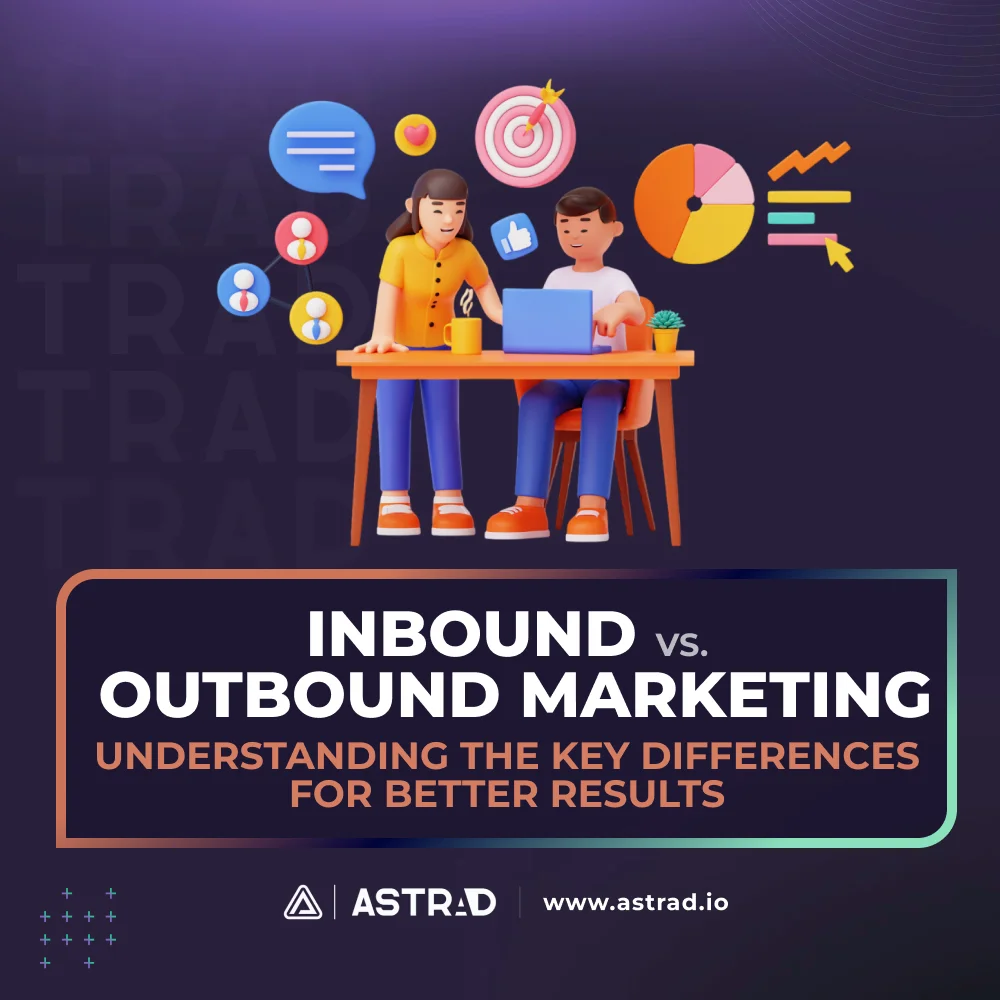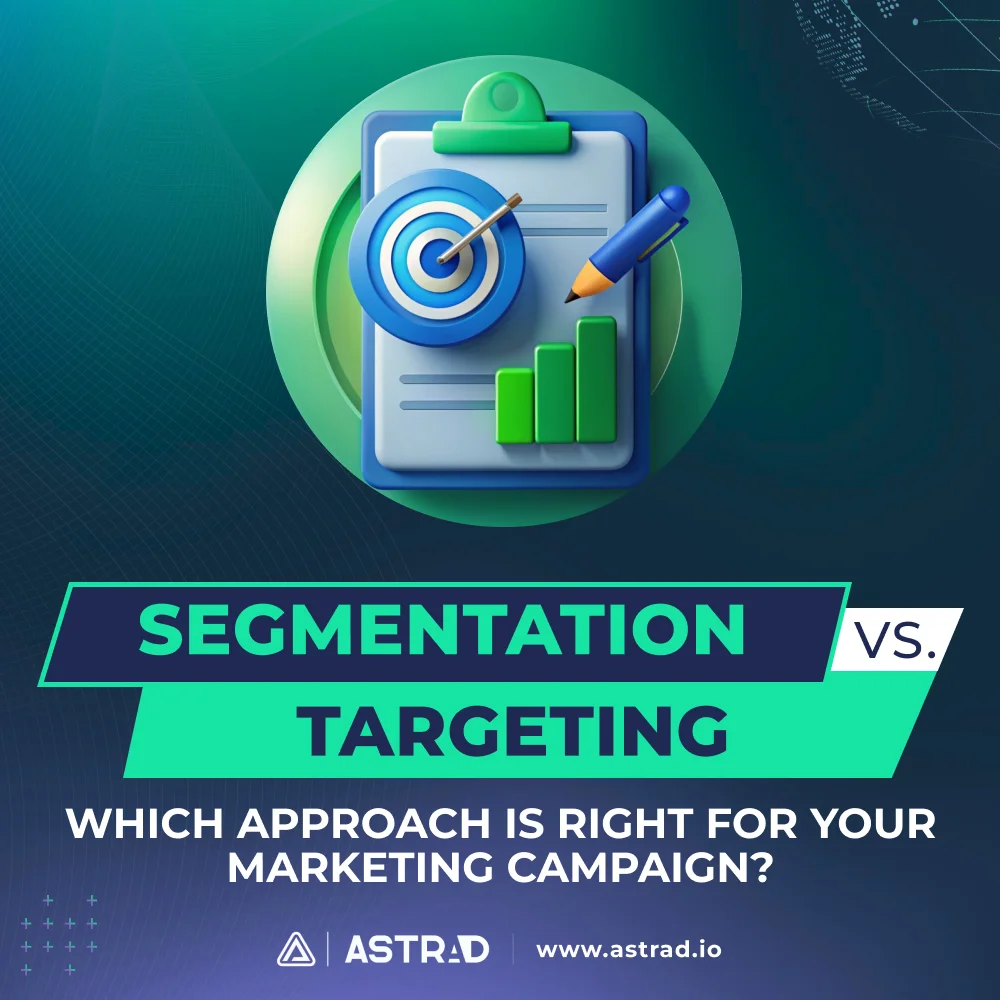Picking where to plunk down your dough is one of the biggest make-or-break decisions you’ll make when it comes to your digital marketing strategy. Paid or organic? Which keywords to target? What platform to focus on? Display ads vs. search ads?
In today’s article, we’ll dive into that last quagmire. Let’s break down the differences between display ads and search ads, highlight their unique benefits, and ultimately help you decide which is the right fit for your business.
Digital Advertising — A Flyby
Digital advertising is a critical component of modern marketing strategies. The truth is that right now, folks are more drawn by what they see on their screen than by what they manage to glimpse out in the real world. Selecting the right ad format can significantly impact your campaign’s success. It’s crucial to get it right.
Two of the most popular ad formats right now, as of 2024, are display ads and search ads.
It’s vital that you understand the differences between them and align your advertising efforts, business objectives, and everything else in holy matrimony from the get-go — the honeymoon phase lasts.
What Are Display Ads?
Display ads are visual advertisements that appear on websites across the internet within ad networks. They come in various formats, including banners, videos, and interactive ads designed to capture the viewer’s attention. They are the most traditional type of ads you can pay for — ads that scream out ads. Throwbacks from what we had on cable TV.
Platforms
Display ads are commonly seen on platforms like Google Display Network, Facebook/META, YouTube, and other ad networks that partner with websites to show ads to their visitors.
What Are Search Ads?
Search ads are text-based advertisements that appear on search engine results pages (SERPs). They are triggered by user search queries and are designed to capture intent-driven traffic by providing relevant results to users actively searching for specific products or services.
They are ads that can sometimes even be mistaken for the results themselves. They are a bit duplicitous in nature — but the common person, schooled in the language of web traffic, knows how to pick them out.
Platforms
Search ads primarily appear on search engines like Google, Bing, and Yahoo, typically at the top or bottom of the SERPs.
Key Differences Between Display Ads and Search Ads
Audience Targeting
Display Ads
Display ads use broad targeting based on demographics, interests, and browsing behavior. They are effective for building brand awareness and reaching users at the top of the sales funnel — they use a person’s profile and are highly effective if you have a very niche-oriented ID of the potential client you’re trying to attract.
Search Ads
Search ads target users based on their search queries and intent. This precise targeting helps capture demand when users are actively searching for products or services, making it effective for driving conversions. The great thing about them is that they pick buyers when they are at their most vulnerable — when they are actually looking for your product or something similar.
Placement and Visibility
Display Ads
Display ads appear on websites across the internet within ad networks. They can be placed on specific sites or across a network of sites to reach a broad audience.
Search Ads
Search ads appear on search engine results pages (SERPs). Their visibility is determined by the relevance of the ad to the user’s search query and the advertiser’s bid.
Purpose and Usage
Display Ads
Display ads are targeted at generating awareness and capturing interest at the top of the sales funnel. They are ideal for branding campaigns and reaching a broad audience.
Search Ads
Search ads focus on capturing demand when users are actively searching for products or services. They are effective for driving conversions and achieving immediate results.
Cost Structures
CPC vs. CPM Pricing Models
Display ads often use cost-per-impression (CPM) pricing, where advertisers pay for every thousand impressions. Search ads typically use cost-per-click (CPC) pricing, where advertisers pay only when a user clicks on the ad.
The cost of display ads and search ads can vary a lot. Display ads may have lower CPCs but require higher impressions for conversions. Search ads generally have higher CPCs but offer more targeted and intent-driven traffic, leading to higher conversion rates.
The truth is that search ads are, at their core, the equivalent of throwing chum in an already shark-infested ocean — you’re very likely going to get a bite. They are perfect for making the kill. Display ads, on the other hand, are a bit like going to a place you are told has good fishing and hoping that with the right bait, at the right time, you’ll hook something.
Advantages of Each Ad Type
Advantages of Display Ads
Visual Impact and Creativity
Display ads offer visual impact and creative possibilities, allowing brands to create engaging and visually appealing advertisements.
Building Brand Awareness
Display ads are effective for building brand awareness and retargeting visitors, keeping the brand top-of-mind for potential customers.
Reaching Audiences Early in the Buyer’s Journey
Display ads reach audiences at the beginning of the buyer’s journey, helping to generate interest and awareness early on.
Advantages of Search Ads
High Intent Targeting
Search ads benefit from high intent targeting, leading to better conversion rates as they capture users actively searching for related products or services.
Visibility and Quick Results
Search ads provide immediate visibility and quick results, making them ideal for time-sensitive promotions and sales.
Measuring Direct ROI
Search ads make it easier to measure direct ROI and adjust strategies based on performance, ensuring efficient use of ad spend.
Right Ad Type for Your Business
Aligning ad type selection with marketing goals is crucial — there’s a tool for every occasion. If you use just one ad type, one platform, and one strategy, you’ll suffer the “hammer paradox” — where everything looks like a nail. Display ads are smashing for brand awareness and broad targeting, while search ads are ideal for driving conversions and capturing high-intent traffic.
Now, let’s talk about products and norms. Industry norms and product types can influence the decision of display vs. search ads. For example, visually attractive products can benefit more from display ads — products that look awesome on the screen, for example. On the other hand, service-oriented businesses might see better results with search ads.
Your wallet — budget constraints and marketing resources are the crux. The truth is that if you have a budget like Apple, you wouldn’t be here reading this article — you would just throw money at the problem. Display ads may require larger budgets for broad reach, whereas search ads can be more cost-effective with precise targeting and higher conversion rates.
How Can I Help You?
In a nutshell, the difference comes down to this — a person comes into your store without saying a word, and you peck them. Is that a smartwatch? Are those boots? Are those running shoes? You make an assessment and hope you steer them down an aisle where they’ll find their brand. That’s a display ad. Search, on the other hand, is the equivalent of that person coming over and asking you for a distinctive and precise product.
Understanding the key differences, benefits, and use cases for display and search ads is essential for choosing the right ad type for your business. By aligning ad formats with your marketing goals, industry considerations, and budget constraints, you can optimize your digital advertising strategy for better results. Experiment with both display and search ads to find the best fit for your business needs and achieve your advertising objectives.






